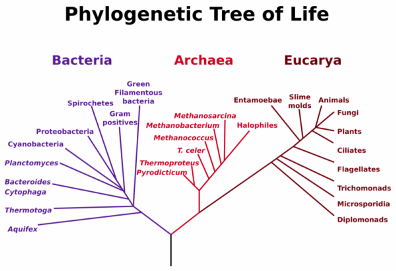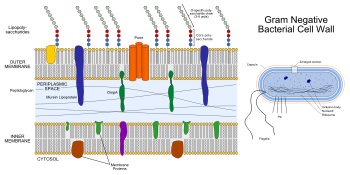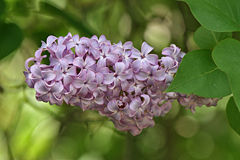Who's Your Daddy??
...the Phylogenetic Classification of P. syringae
Domain: Bacteria
Phylum: Proteobacteria
Class: Gamma Proteobacteria
Order: Pseudomonadales
Family: Pseudomonadacae
Genus: Pseudomonas
Species: Pseudomonas syringae
- Bacteria; One of the three domains of life. They are prokaryotic microorganisms which can exist as either independent organisms or as parasitic organisms that are not a part of the prokaryotic Achaea domain of life. They are characterized as having no nucleus, generally having no membrane bound organelles, containing cell walls made out of peptidoglycan, and the presence of 70S ribosomal RNA.
-P. syringae fits into this domain of life
because of it’s prokaryotic structure, the presence of
peptidoglycan in the cell wall, and among other things, it’s ribosomal
RNA sequence.


- Proteobacteria; A
phylum of the
domain bacteria. This phylum is characterized by
being Gram-negative, meaning it’s outer membrane is
composed mostly of lipopolysacchrides. A number of
organisms from this phylum are motile by use of a
flagella or rely on the use of bacterial gliding,
however, there are also a number that are
non-motile. Most members of this phylum are
facultative or obligate anaerobes that follow a
heterotrophic metabolism, however, because of the
large diversity of this phylum there are a number of
exceptions. There are also a number of pathogenic
organisms placed in this phylum. This phylum
consists of five classes; alpha, beta, gamma, delta,
and epsilon.

-P. syringae is a member of this phylum
because of it’s pathogenic nature, it’s Gram (-)
reactivity, it’s polar flagella motility, and it’s chemoheterotrophic
metabolism.
- Gamma Proteobacteria; A class of Proteobacteria. This class is a group of scientifically and medically important group of organisms, of which a number are pathogenic.
-P. syringae fits into this class because of it’s
important role as a plant pathogen.
- Pseudononadales; A order of Gamma Proteobacteria. This order contains a number of opportunistic pathogens.
-P. syringae fits into this order because of it’s
pathogenic characteristics and because of molecular
data.
- Pseudomonadacae; A family of Pseudomonadales. This family includes the genera Azomonas, Azomonotrichon, Azorhizophilus, Azobacter, Azotobacteriaceae, Cellvibrio, Mesophilobacter, Pseudomonas, Rhizobacter, Rugamonas, and Serpens.
-P. syringae
fits into this family
because it is a member of the Pseudomonas
genus.
- Pseudomonas; A
genus
of Pseudomonadacae bacteria. They are
characterized as being Gram-negative, motile
by at least one polar flagella, positive
catalase, non-spore froming, aerobic or
facultative anaerobic rods.
- Pseudomonas syringae; A Pseudomonas species. A Gram-negative, polar-flagellated, rod shaped bacteria. Organisms are classified into this species of Pseudomonas based on their ribosomal RNA sequences.

